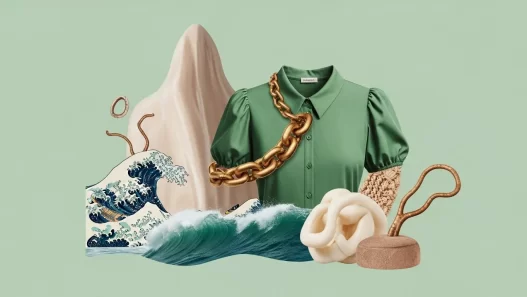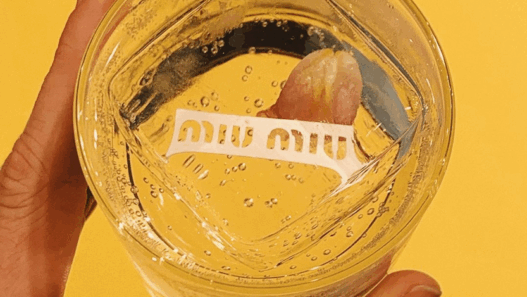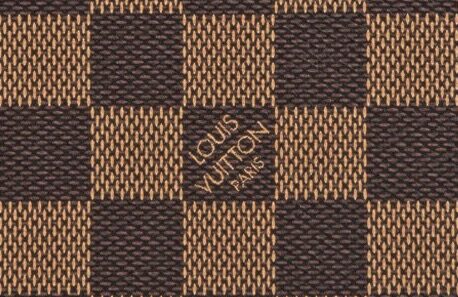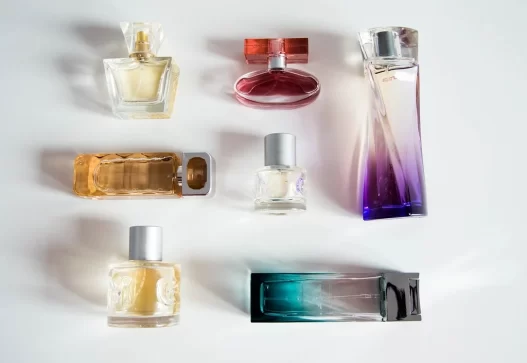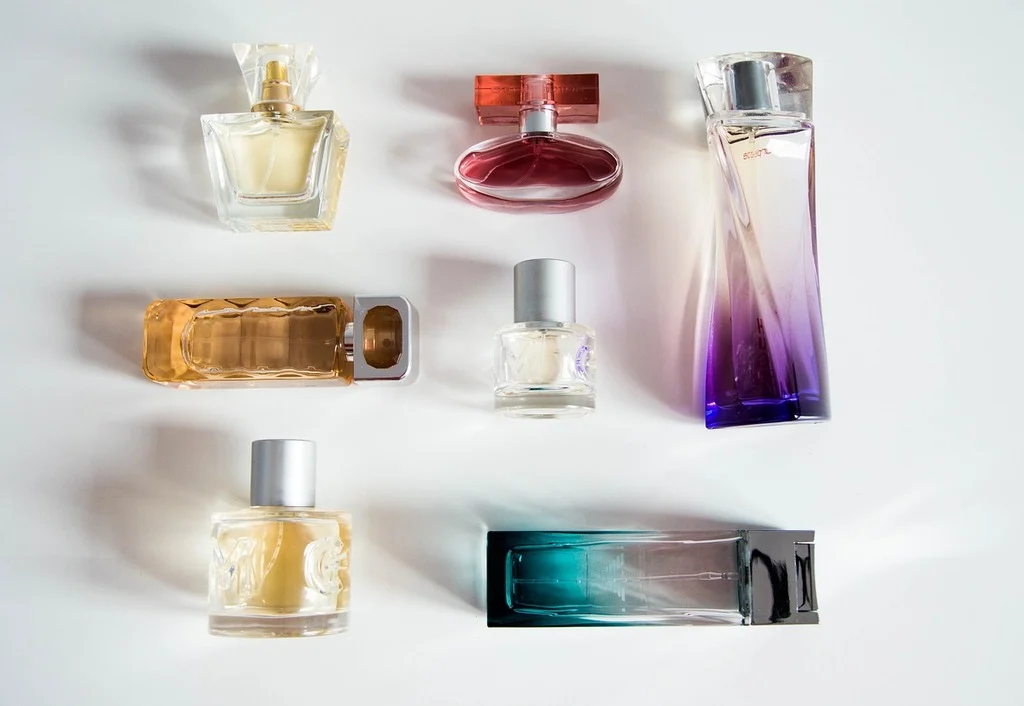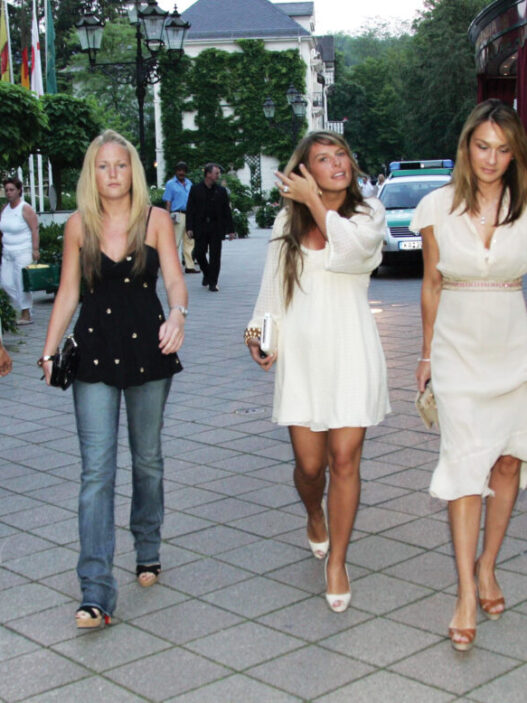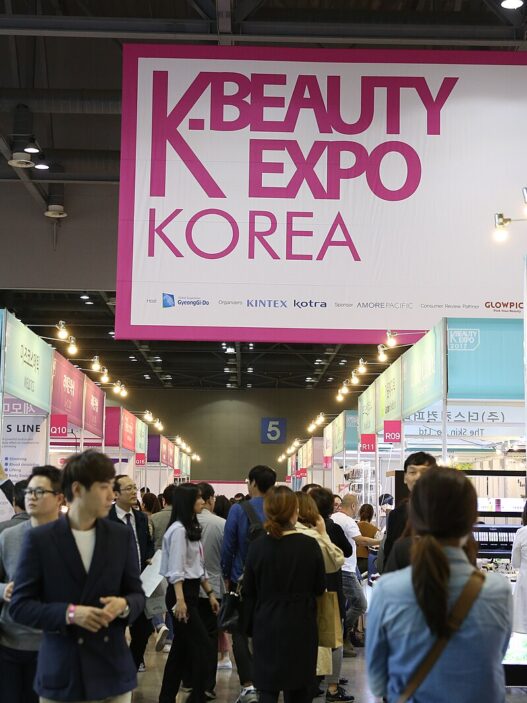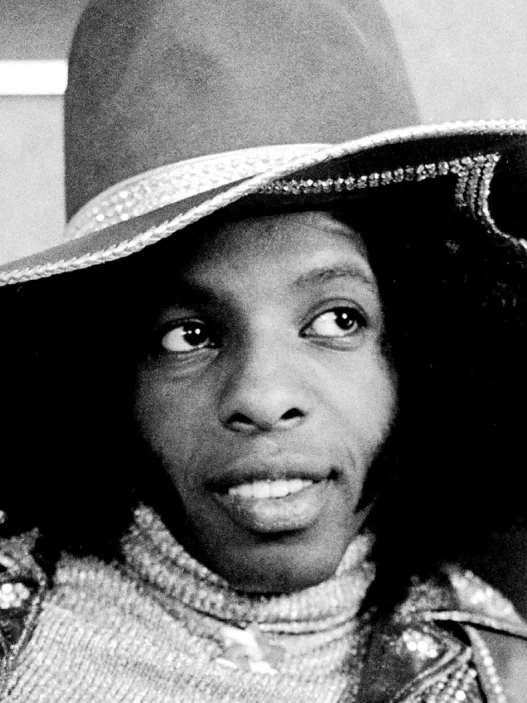Ever caught a whiff of something amazing and immediately thought, “That smells expensive!”? Luxury fragrances hold serious appeal, but their price tags can be a real barrier. Enter the world of perfume dupes – affordable alternatives that promise a similar scent experience without emptying your wallet. But how do these “smell-alikes” actually work, and are they too good to be true? Let’s dive in.
The Allure of Luxury Fragrance: Why “Smell-Alikes” are Trending
The fragrance industry thrives on aspiration. We buy into more than just a scent; we’re purchasing a feeling, a persona, a touch of glamour. Iconic brands like Chanel, Dior, and Tom Ford cultivate this desire, and their perfumes become symbols of status. The high cost stems from factors like rare ingredients, elaborate packaging, and, of course, hefty marketing budgets. It’s no surprise, then, that more and more people are searching for ways to get the designer experience for less, driving the popularity of “smell-alikes”.
The Science of Scent Replication: Deconstructing Luxury Formulas
Creating a perfume is complex. A skilled perfumer (or “nose”) blends dozens, sometimes hundreds, of different aroma chemicals and natural extracts to create a harmonious and memorable fragrance. To replicate a luxury scent, dupe manufacturers often employ gas chromatography-mass spectrometry (GC-MS). This powerful analytical technique separates and identifies the individual components of the original fragrance.
Think of it like reverse-engineering a recipe. GC-MS breaks down the perfume into its constituent “ingredients,” revealing the precise chemical makeup of top, middle (heart), and base notes. Sophisticated software then analyses the data, providing a detailed profile of the scent.
Unveiling the Dupe Process: From Chemical Analysis to Affordable Scent
Once the chemical blueprint is established, the dupe house needs to source or synthesise the identified aroma chemicals. This is where costs can be cut significantly. Instead of using rare or natural ingredients (like genuine ambergris or iris absolute, which can cost thousands per kilogram), dupe makers often opt for cheaper synthetic alternatives.
The aroma chemicals are then blended according to the GC-MS analysis, with the aim of recreating the original scent profile as closely as possible. The final product is diluted with alcohol and packaged for sale. This streamlined process, coupled with lower marketing expenses, allows dupe companies to offer their fragrances at a fraction of the price.
The Price of Duplication: What “Smell-Alikes” Can’t Replicate
While dupes might mimic the initial scent of a luxury perfume, they often fall short in several crucial areas:
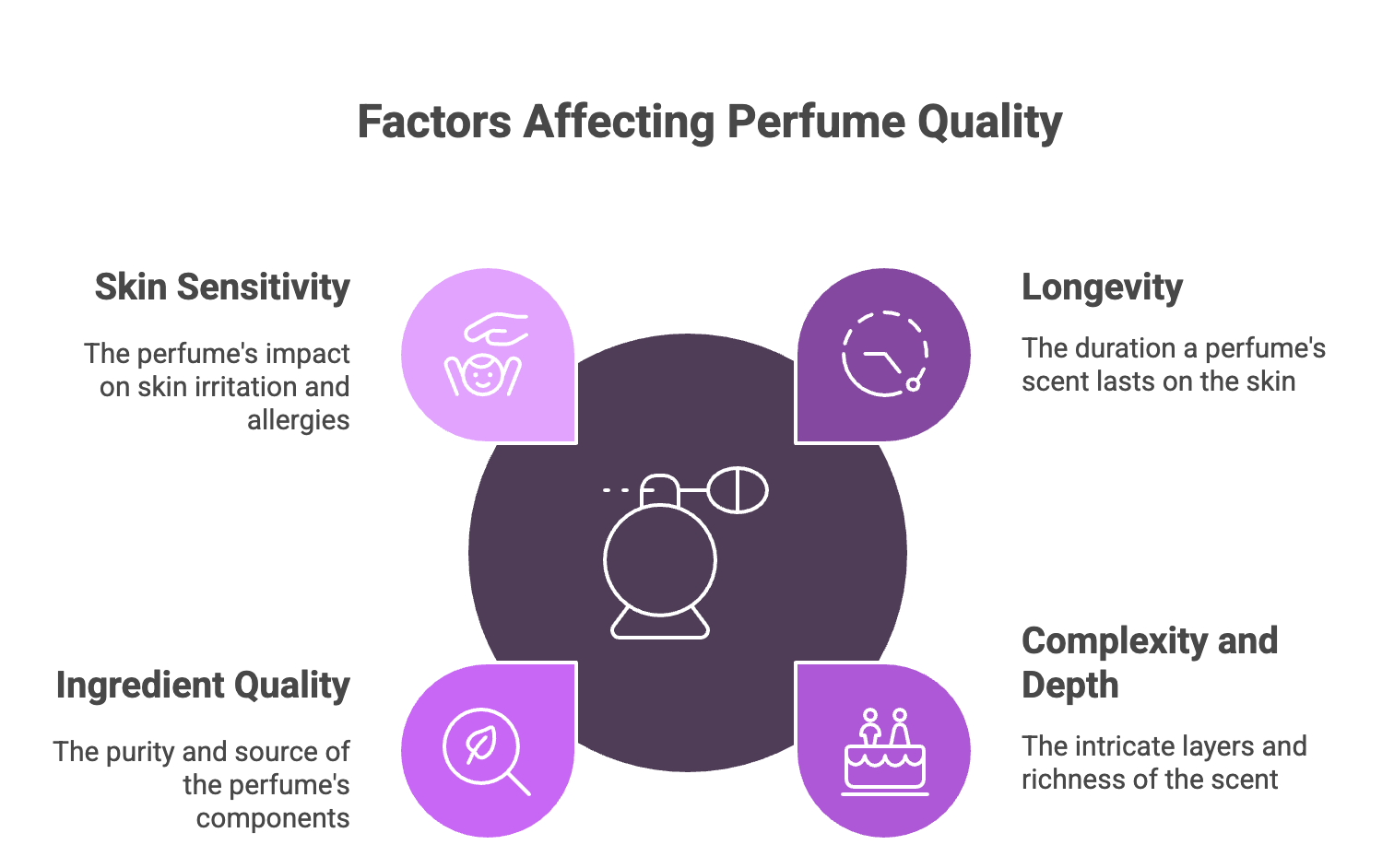
- Longevity: High-quality perfumes use ingredients that bind well to the skin and release their scent gradually over time. Dupes often use cheaper ingredients that evaporate more quickly, resulting in a scent that fades within a few hours.
- Complexity and Depth: Luxury perfumes are known for their intricate compositions and evolving scent profiles. Dupes may capture the main accords but lack the subtle nuances and depth of the original.
- Ingredient Quality: The quality of ingredients significantly impacts the overall scent experience. Natural extracts, for example, offer a richness and complexity that synthetic alternatives often struggle to match.
- Skin Sensitivity: Lower-quality ingredients can sometimes cause skin irritation or allergic reactions. It’s wise to patch-test any new perfume, especially dupes, before applying it liberally.
Finding Quality Fragrance Without Breaking the Bank
If you’re curious about the world of dupes, it’s important to do your research. Look for brands that are transparent about their ingredients and processes, where they take inspiration from scents instead of duplicating them. Read reviews from other consumers to get an idea of the scent accuracy and longevity. Consider ordering sample sizes before committing to a full bottle. Some popular and reputable “inspired-by” brands include Dossier and ALT Fragrances.
The Ethics of Dupe Perfume: Copyright, Inspiration, and Consumer Perception
The legal status of perfume dupes is a grey area. Perfume formulas are not typically patentable, so replicating a scent is generally legal as long as the dupe doesn’t infringe on the original brand’s trademark or packaging. Replicating a trademarked perfume bottle design or label, however, is illegal.
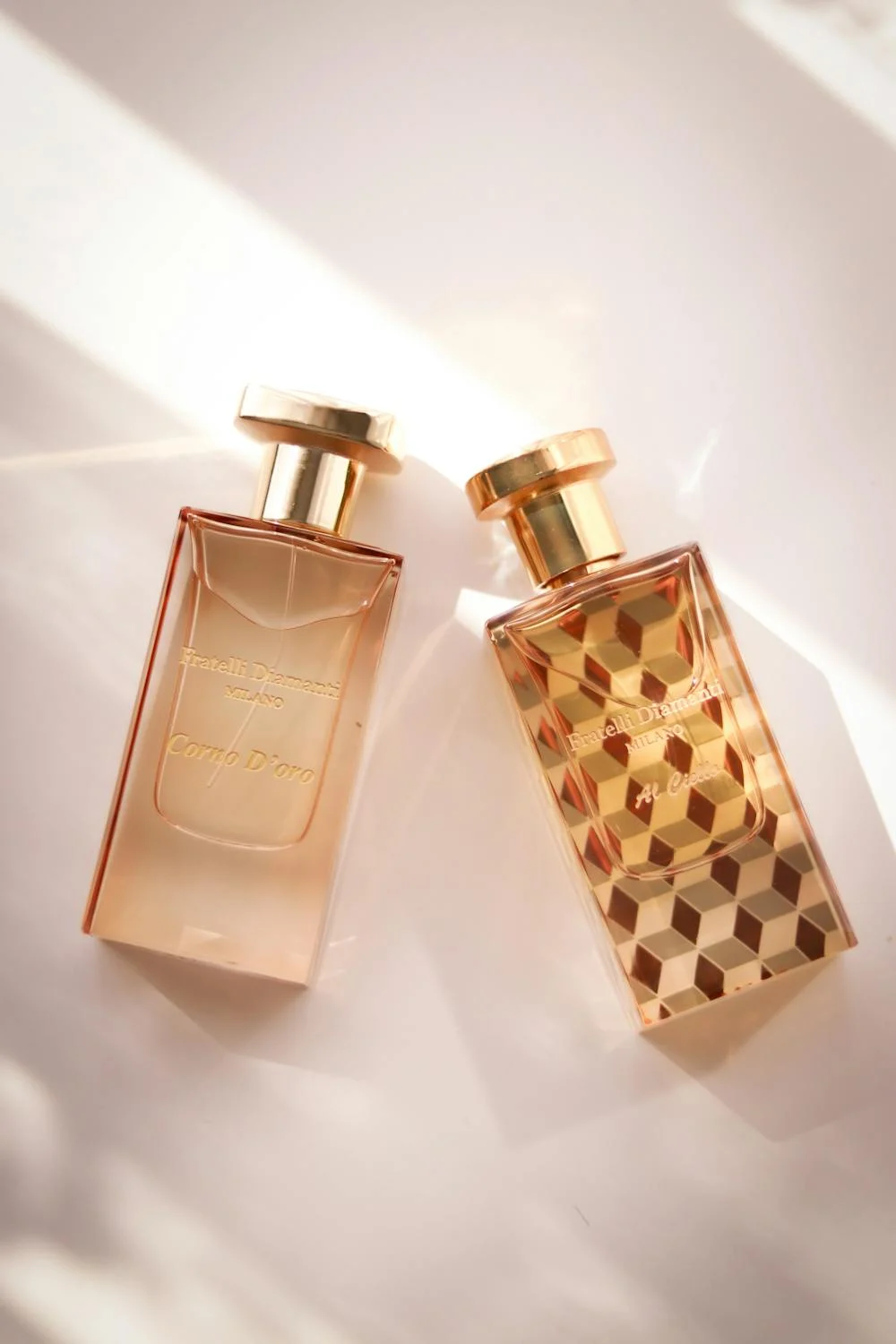
The ethical debate centres on whether dupes are a form of flattery or simply unethical copies. Some argue that dupes democratize luxury by making high-end scents accessible to a wider audience. Others believe they devalue the artistry and craftsmanship that goes into creating original perfumes. It ultimately comes down to consumer perception and whether you believe you are buying an “inspired by” fragrance or a counterfeit.
Beyond the Scent: The Hidden Costs and Considerations of Choosing Dupes
Beyond the scent itself, consider the hidden costs associated with choosing dupes. Some dupe companies may use unethical labour practices or source ingredients from unsustainable sources to keep costs down. It’s essential to be a conscious consumer and choose brands that align with your values. It’s important to understand you’re not getting the same quality, but with careful research, you can find “smell-alikes” that offer a satisfying scent experience without breaking the bank.



